
George Paul Chalmers, a notable Scottish painter born in Montrose, Angus, Scotland, on March 12, 1833, remains a distinguished figure in the world of 19th-century British art. Chalmers’ journey into the arts was both a reflection of his personal passion and a testament to the rich cultural backdrop of his time. His work, primarily focused on portraits and genre scenes, showcases a remarkable ability to capture the essence and character of his subjects, blending realism with a poetic sensitivity.

Chalmers’ early life was marked by a strong inclination towards art, leading him to pursue formal education in the field. He initially studied at the Trustees’ Academy in Edinburgh, a leading art school of the time, where he honed his skills and developed his distinctive style. This period was crucial for Chalmers, as it not only grounded him in the fundamentals of painting but also exposed him to the works of contemporary and historical masters, influencing his approach to art.
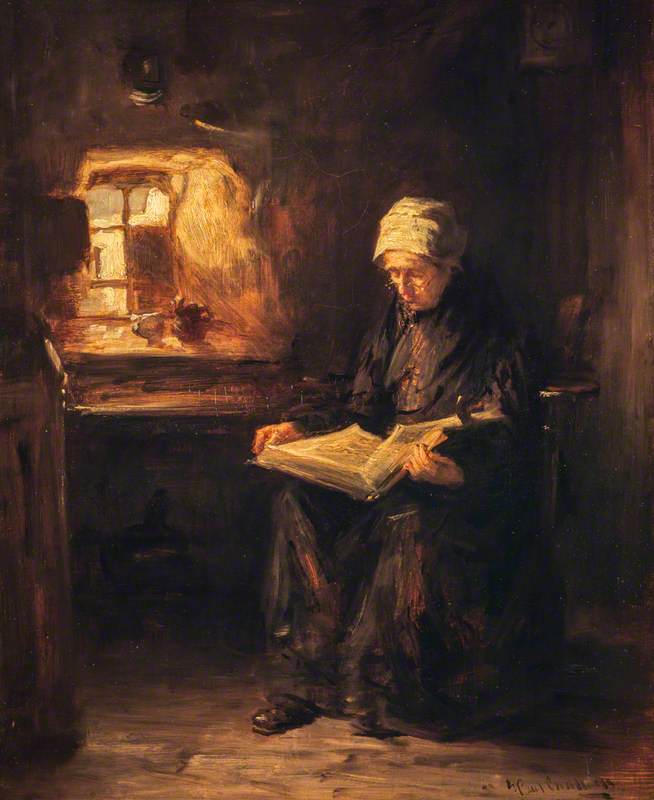
In the 1860s, Chalmers’ career began to gain momentum. He moved to Edinburgh, where he became actively involved in the local art scene, mingling with other artists and intellectuals of the period. His works from this era reflect a deep engagement with the Scottish landscape and its people, capturing the nuances of everyday life with empathy and insight. Chalmers’ ability to convey the textures, light, and atmosphere of his settings brought him critical acclaim, establishing him as a prominent figure in Scottish art.
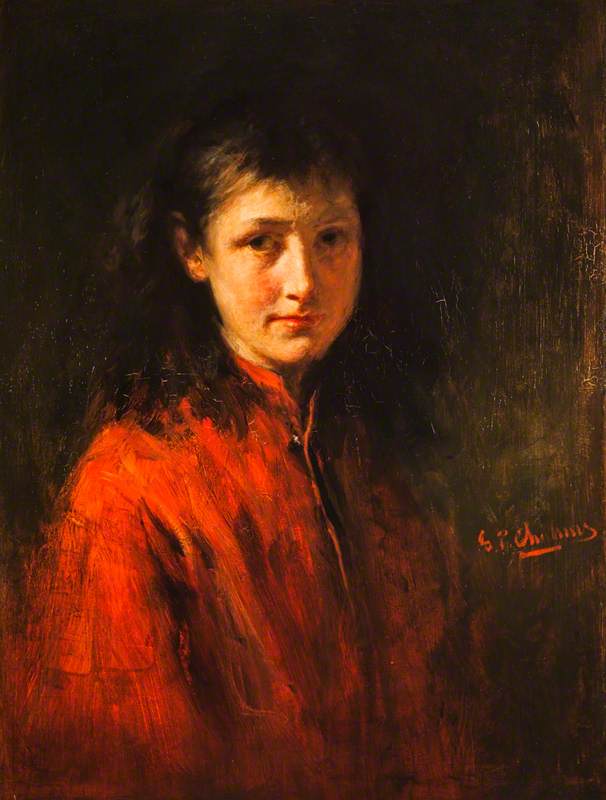
Chalmers was known for his meticulous attention to detail and his skillful use of color and light, which allowed him to create vivid, lifelike portraits and scenes. His portraits, in particular, are celebrated for their psychological depth and the way they capture the individuality of his subjects.
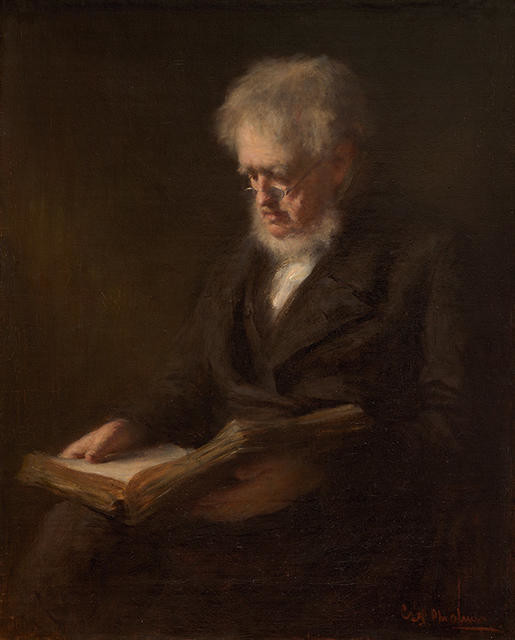
Chalmers’ genre scenes are equally compelling, often depicting moments of quiet contemplation or domestic life, imbued with a sense of narrative and emotional richness.
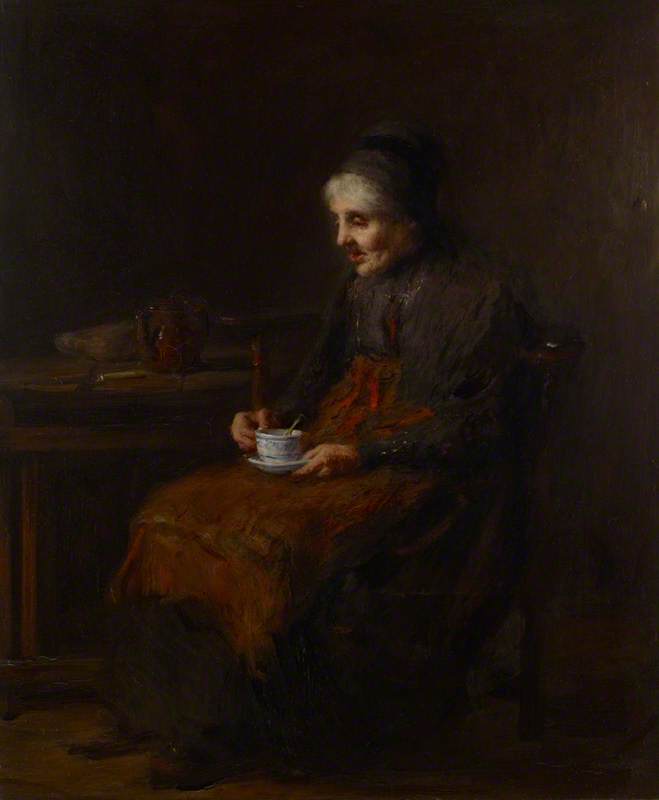
Despite his growing reputation, Chalmers’ life was marked by tragedy. In 1870, he was severely injured in a railway accident, an event that significantly impacted his health and productivity. Nevertheless, Chalmers continued to paint, demonstrating a resilience and dedication to his craft that would define his later works. These pieces, created in the aftermath of his accident, are often seen as more introspective, reflecting a deeper exploration of the human condition and the complexities of life.

George Paul Chalmers’ contributions to art were abruptly cut short when he died under mysterious circumstances in Edinburgh in 1878. His untimely death at the age of 45 left the Scottish art community in mourning and deprived the world of a talent in full bloom. In the years following his death, Chalmers’ work continued to be celebrated for its originality and depth. Exhibitions of his paintings have underscored his significance within the Scottish art tradition and his influence on subsequent generations of artists.
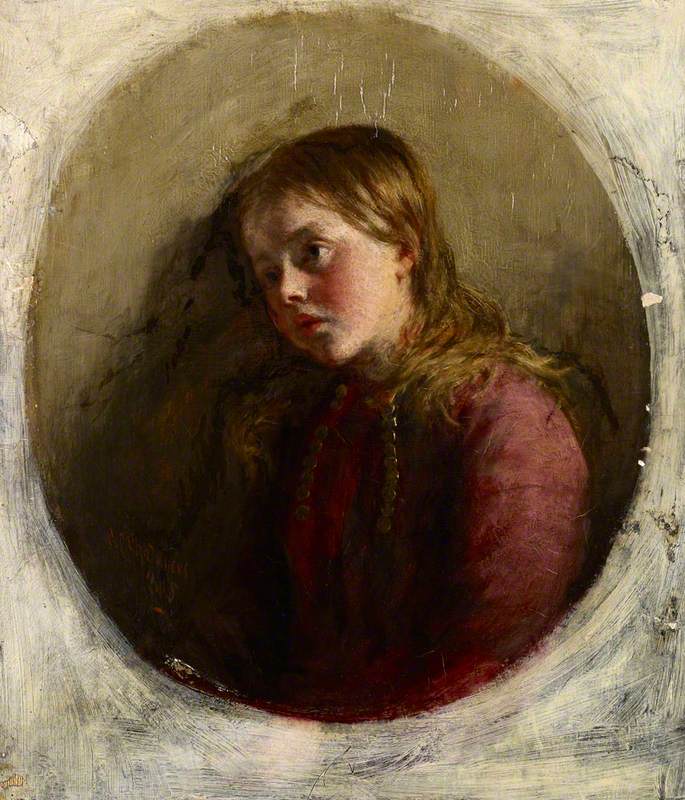
Today, George Paul Chalmers is remembered as a master of portraiture and genre painting, whose works capture the spirit of his time with authenticity and emotional resonance. His legacy lives on through his contributions to the Scottish Renaissance of the 19th century, a period marked by a revival of interest in national identity and culture. Chalmers’ paintings, cherished for their technical prowess and expressive power, continue to be admired by art enthusiasts and collectors, securing his place in the annals of British art history.






